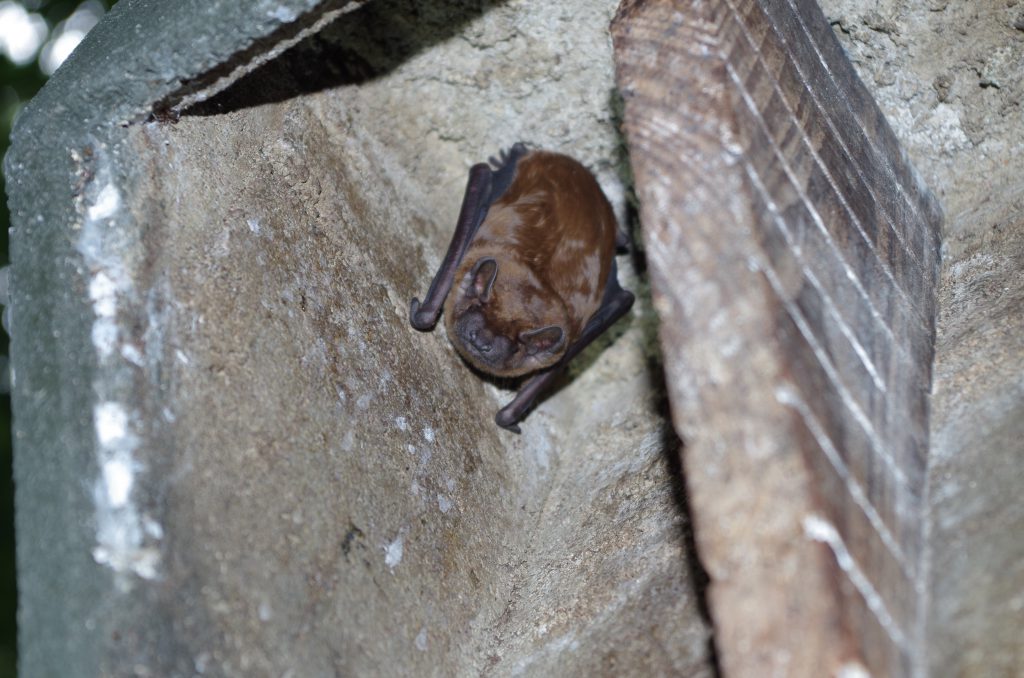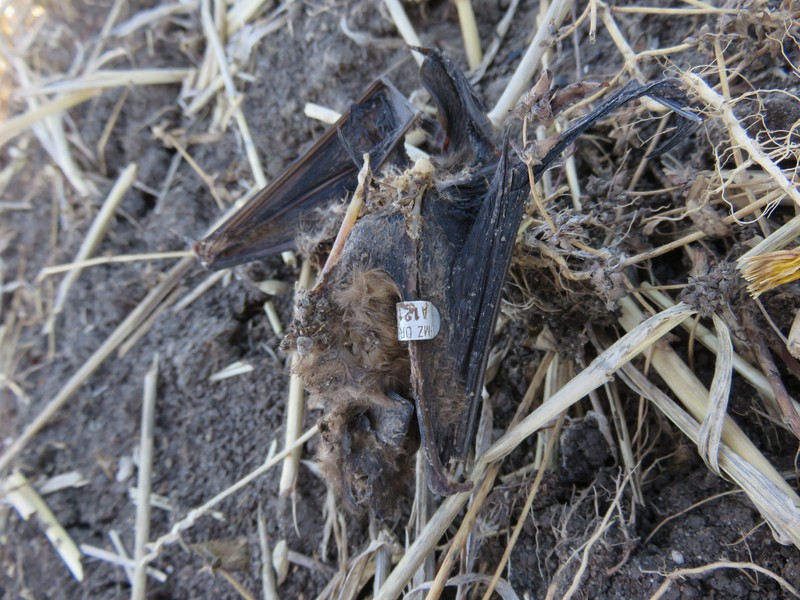| For some time now, the concern about the common noctule (Nyctalus noctula) has been circulating in professional circles, as some long-standing bat conservationists registered some drastic decreases. In order to get to the bottom of these reports and to discuss measures, the Bundesverband für Fledermauskunde e.V. (BVF) organized an online conference on 27.11.21 on “Population development of the noctule in Germany and Europe”. More than 200 participants from the scientific, official, practical and voluntary environment from Germany and abroad accepted the invitation and followed the exciting lectures and discussions. Im Rahmen der Vorträge wurde von massiven Bestandseinbrüchen in den Überwinterungsgebieten in Südhessen, Frankreich, Süddeutschland und Österreich über die letzten 20 Jahre berichtet und der Ausbau der Windenergie als mögliche Ursache diskutiert. It is known that the noctule is the bat species that most often dies in Germany due to wind turbines. According to expert estimates, hundreds of thousands of bats are killed by wind turbines every year. This mainly affects species that hunt at high altitude and species that migrate seasonally. The noctule is a species for which both apply, which makes it particularly vulnerable. Other studies have also shown that climate change may influence the migratory behaviour of noctules, so that some of the animals no longer migrate for wintering, but increasingly hibernate in northern latitudes. This makes it difficult to accurately identify the cause of the population declines. In addition, in Brandenburg – one of the main distribution areas of the species in Germany – the population developments were relatively stable overall. However, it was emphasized that this generally pleasing result should not hide the collapse of the observed population at the distribution borders, according to the BVF. Most of the speakers were able to show declines in populations of noctules in recent years and thus confirming the fears in the run-up of the conference. They repeatedly mentioned the operation of wind turbines as a cause of danger, but also the destruction of roosts on buildings, e.B. in the context of energy-efficient renovations. From a scientific point of view, the operation of wind turbines does not seem to be the only reason for the observed population declines of this bat species, which are under Europe-wide protection. Other man-made influences, such as the decline of food insects, threaten the insectivores, which are also important pest insect controls in agriculture and forestry. As an important starting point for the protection of bats, it was discussed that, according to scientific surveys, more than 75% of all existing wind turbines in Germany are currently operated without bat-friendly automatic switch-off. Here, the experts see a considerable need to catch up nationwide to protect the animals. From an ethical point of view, too, it is downright scandalous that hundreds of thousands of bats are killed every year, even though reasonable protective measures (shutdown algorithms) exist. In any case, the bat conservationists agree that species conservation and climate protection are not opposites, but must be thought and implemented hand in hand and that this is also feasible – at the moment only the political will is missing. |


Worries about the common noctule bat
